Lough Eske
Houses within 10km of this house
Displaying 12 houses.
Houses within 10km of Lough Eske
Displaying 12 houses.
| House name | Description | |
|---|---|---|
| Drumlonagher | At the time of Griffith’s Valuation,in the 1850s. this property was leased from the Arran estate by Anthony McLoone, when it was valued at £46. The ruins of the mill are still visible at the site. | |
| Farmhill (Donegal) | Jacob Spence was leasing this property from the Arran estate at the time of Griffith’s Valuation in the 1850s, when the complex was valued at £23, including a flax mill and a corn mill. | |
| The Moor | This house is labelled "The Moor" on the 1st edition Ordnance Survey map of the 1830s. Reverend William Ewing was leasing this property from the Arran estate at the time of Griffith’s Valuation in the 1850s, when it was valued at £20. On the 25-inch Ordnance Survey map the house at this site is labelled “Vicarage”. A house is still extant at the site. | |
| Tullybrook | Charles Johnston was leasing this property from the estate of the Provost and Fellows of Trinity College at the time of Griffith’s Valuation. The buildings were valued at £20 at the time. This house appears to have been built after the 1st edition Ordnance Survey map of the 1830s. It is labelled Tullybrook on the later editions. It is now a ruin. | |
| The Hall (Inver) | This property was held in fee by the Marquis of Conyngham’s estate at the time of Griffith’s Valuation, when it was valued at £38. Lewis records that it was occupied by a Colonel Pratt in 1837, though notes that it was a seat of the Conyngham family. The National Inventory of Architectural Heritage suggests the house was built some time in the 1750s. It is still extant. |
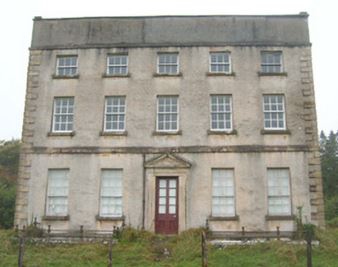
|
| St. Ernans | John Hamilton held St. Ernans in fee at the time of Griffith’s Valuation when the building complex was valued at £46 as well as a mill valued at £28. In the later 20th century the property functioned as a hotel. The National Inventory of Architectural Heritage suggests it was built in the 1820s but extended and modified later in the nineteenth century. It is still extant. |
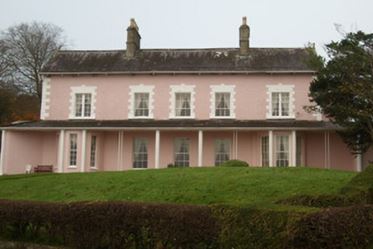
|
| Magherabeg (Tirhugh) |
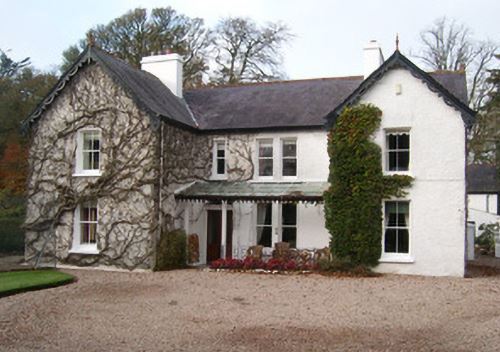
|
|
| Ardchicken House | At the time of Griffith’s Valuation, Samuel Fyffe was leasing this property from the Hamilton estate when it was valued at over £16. A house is still extant at this site. | |
| Ardnamona | This house was built after the publication of the 1st edition Ordnance Survey map. By the time of Griffiths Valuation in the 1850s, the house here was valued at £13 and was being leased by Richard Thompson from George "Rea". Local sources suggest, however, that Thomas Brooke was the owner of the land but that the house was built by George Wray. In 1837, Lewis refers to Ardnamona as "the romantic and picturesque place", property of G.C. Wray. By 1906 Ardnamona had been purchased by A.R. Wallace and the house was valued at over £29. The Wallace family extended and enhanced the gardens at the property. Ardnamona is still extant and occupied. |
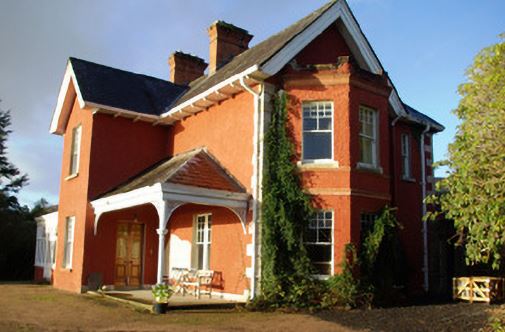
|
| Rossyvolan | At the time of Griffiths Valuation in the 1850s, this property was leased by Frederick Milburne from a Miss Miller. Documents relating to estate administration including this townland are held in the Hamilton of Brownhall papers at the Public Record Office of Northern Ireland. The site is now occupied by farm buildings. | |
| Milltown House (Killymard) | William Graham was leasing this property from the Murray Stewart estate at the time of Griffiths Valuation in the 1850s when it was valued at £30. The house was built after the publication of the 1st edition Ordnance Survey map when the site was occupied by a spade foundry. Buildings are still extant at the site. | |
| Rossylongan House | Robert Steele was leasing this property from the Murray Stewart estate at the time of Griffiths Valuation in the 1850s when it was valued at £16. He had previously leased it from the Murray estate as he is recorded by Lewis as the occupant in 1837. Murray Babington is noted as the owner of property in this townland in the Tithe Applotment records from the 1820s. In the early twentieth century the house was owned by Patrick McManus, a Donegal man who had settled in Argentina. Rossylongan is no longer extant. |
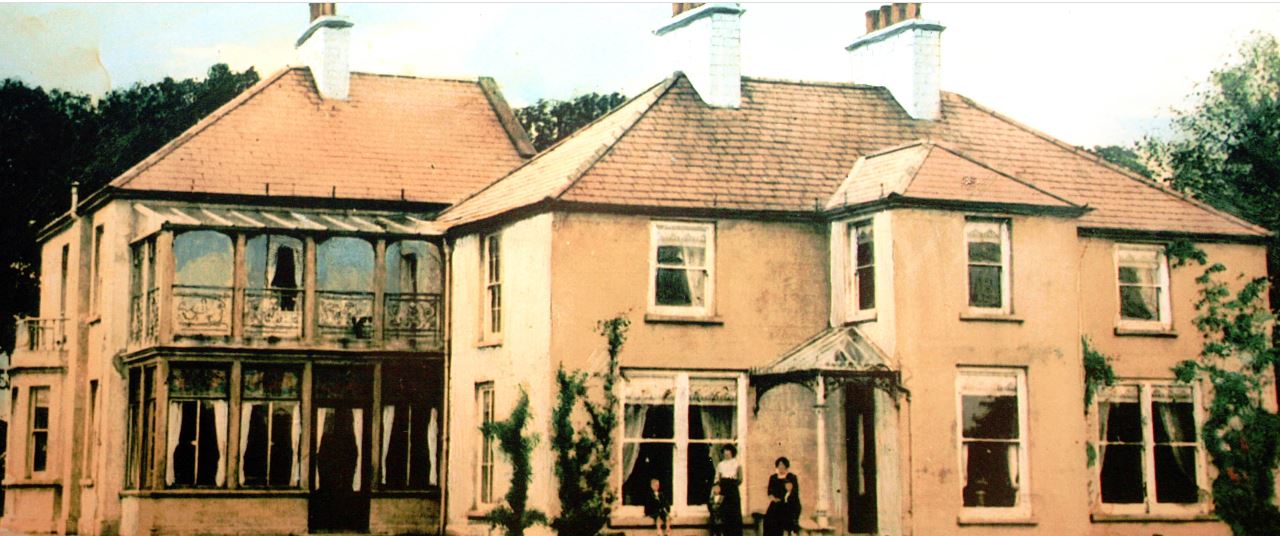
|

